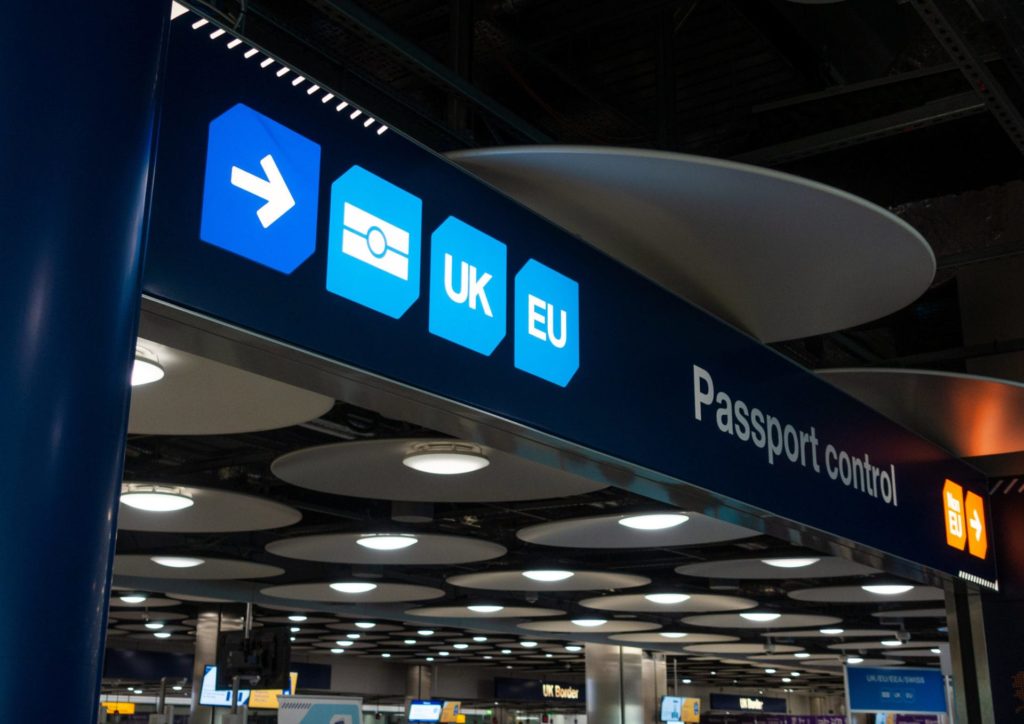
Metoo and sexual harassment in the workplace – suggestions for employers

2018 was the year in which the #metoo movement really started to impact on the workplace, with a number of high-profile sexual harassment claims successfully brought by employees against major UK and international businesses. The general consensus appears to be that sexual harassment in the workplace is not new or more pervasive now than it was before, but the #metoo movement has emboldened victims to come forward with complaints of inappropriate behaviour.
What can you do to protect your employees and, by extension, your business from sexual harassment in the workplace? We've drawn together some questions to consider and pre-emptive practical steps employers can take to ensure their response is effective.
Dealing with sexual harassment in the workplace
Sexual harassment is becoming an increasingly important topic for employers across the UK, and it is crucial that employers develop robust policies for how to minimise and deal appropriately with claims of harassment in the workplace.
As part of this, employers should:
- Consider re-evaluating their existing codes of practice and disciplinary procedures to ensure that they deal with claims of sexual harassment by staff promptly, fairly and effectively.
- Be certain that every claim will be taken seriously and properly investigated, and that both the accuser and the accused will be supported whilst the investigatory process is ongoing.
- Consider whether to improve staff training around sexual harassment and managerial training around how to spot and deal appropriately with harassment in the workplace.
Employers also need to be aware that whilst these efforts will protect staff and minimise risk going forward, they will not impact on inappropriate behaviour that has already taken place. Working out how to deal effectively with allegations of historic sexual harassment is proving problematic for employers for a number of reasons, not least because of the difficulties in gathering evidence and reviewing your own procedures and decisions with hindsight.
Employers need to get on top of these issues if they are to minimise risk to themselves and protect employees who have been the victims of sexual harassment.
For example, if a complaint is made about historic sexual harassment, would it be possible for you to track down all of the relevant witnesses, many of whom may no longer work for you? Do you have adequate records systems in place that would allow you to investigate appropriately? And should you look back through past investigations to consider whether your approach to a complaint and the outcome reached was appropriate?
Pre-emptive steps for managing sexual harassment allegations
Put together a document that lists the key factors to be considered.
On when it is appropriate to use settlement agreements
Are they as clear as they can be?
Do you need to engage in more detailed or more frequent training? Are you sure that the most senior people in your organisation have been trained? Are they seen to be supporting those policies? You can’t establish a reasonable steps defence if you do not have the right training in place.
Would you benefit from an organisation-wide survey to identity problem areas in order to focus resources and training?
Or a history of adopting a fairly conciliatory approach to some harassment complaints? Is it time to issue a memo out making it clear that you intend to take a zero tolerance approach going forwards?
Think about whether you have enough easy channels for reporting complaints of sexual harassment.
Put together a document that lists the key factors to be considered.
On when it is appropriate to use settlement agreements
Are they as clear as they can be?
Do you need to engage in more detailed or more frequent training? Are you sure that the most senior people in your organisation have been trained? Are they seen to be supporting those policies? You can’t establish a reasonable steps defence if you do not have the right training in place.
Would you benefit from an organisation-wide survey to identity problem areas in order to focus resources and training?
Or a history of adopting a fairly conciliatory approach to some harassment complaints? Is it time to issue a memo out making it clear that you intend to take a zero tolerance approach going forwards?
Think about whether you have enough easy channels for reporting complaints of sexual harassment.
Government response to parliamentary report on sexual harassment at work
Finally, it's important that HR departments and employers keep an eye on upcoming policy changes in the wake of #metoo, as legislators and ministers respond to public demand for better protections against workplace sexual harassment.
There is one recent development worth mentioning in particular. In December 2018, the government finally responded to the Women and Equalities Committee report on sexual harassment in the workplace. The government has agreed to introduce a new statutory code of practice to tackle sexual harassment at work, review the use of non-disclosure agreements in sexual harassment cases and publish better data on sexual harassment.
Despite these policy developments, to much criticism the government declined to implement the Committee's other recommendations, which included imposing additional legal duties on employers to protect staff from sexual harassment, and granting courts the power to impose substantial financial penalties on employers who fail to deal with sexual harassment claims appropriately. This policy debate is, however, likely to remain a key focus for the government in 2019, so expect further policy announcements to be made on this subject over the coming months.
For more information, please contact me on +44 1872 246601 or email [email protected].











